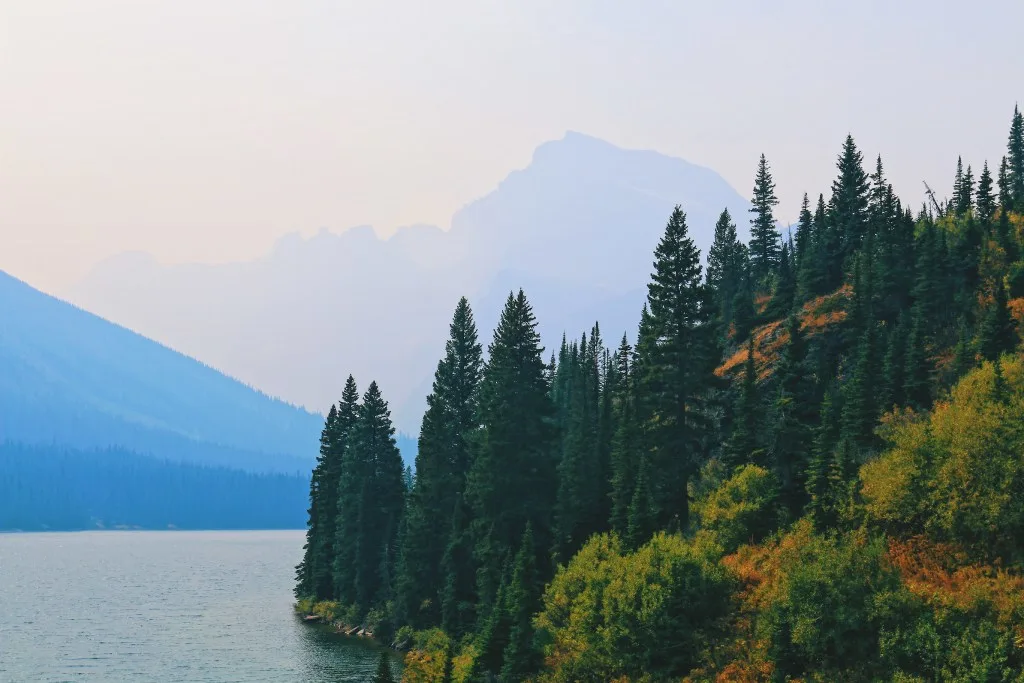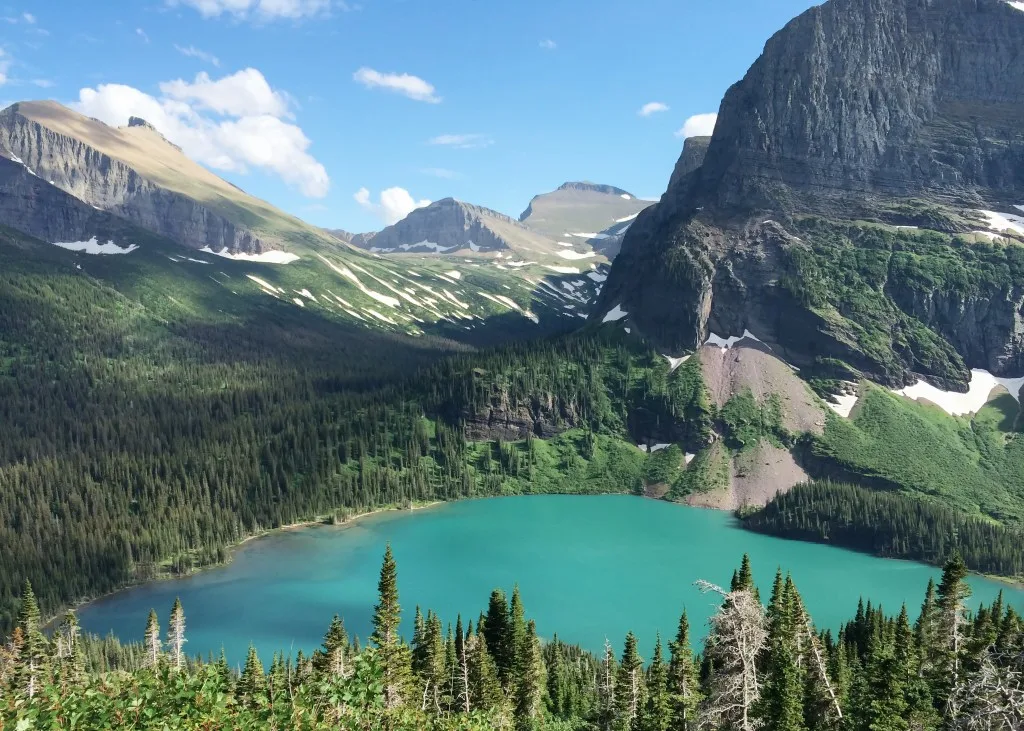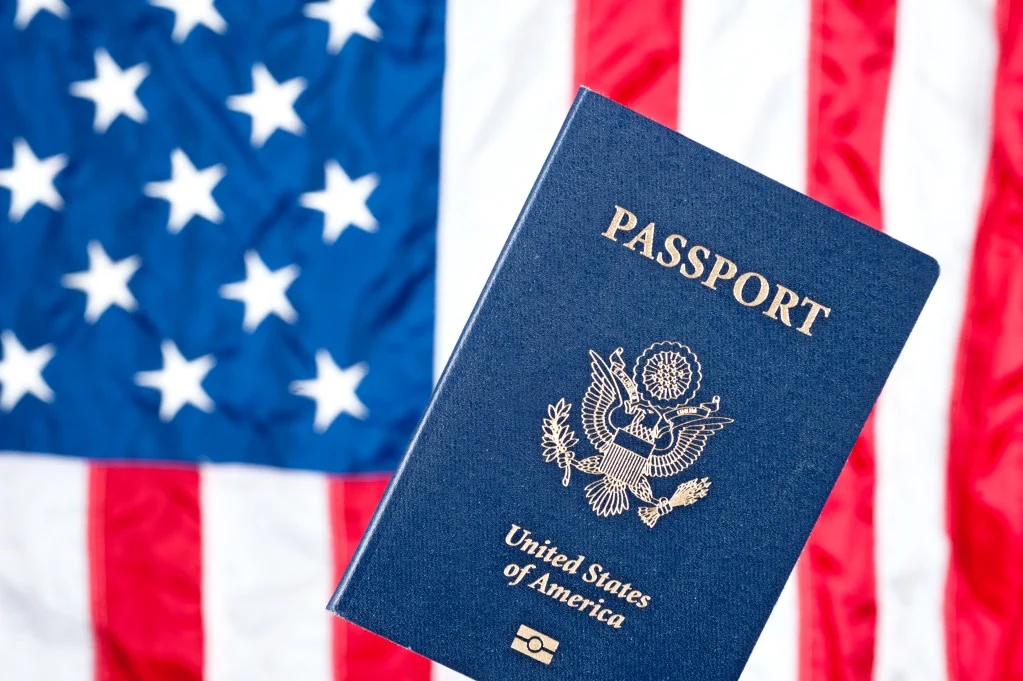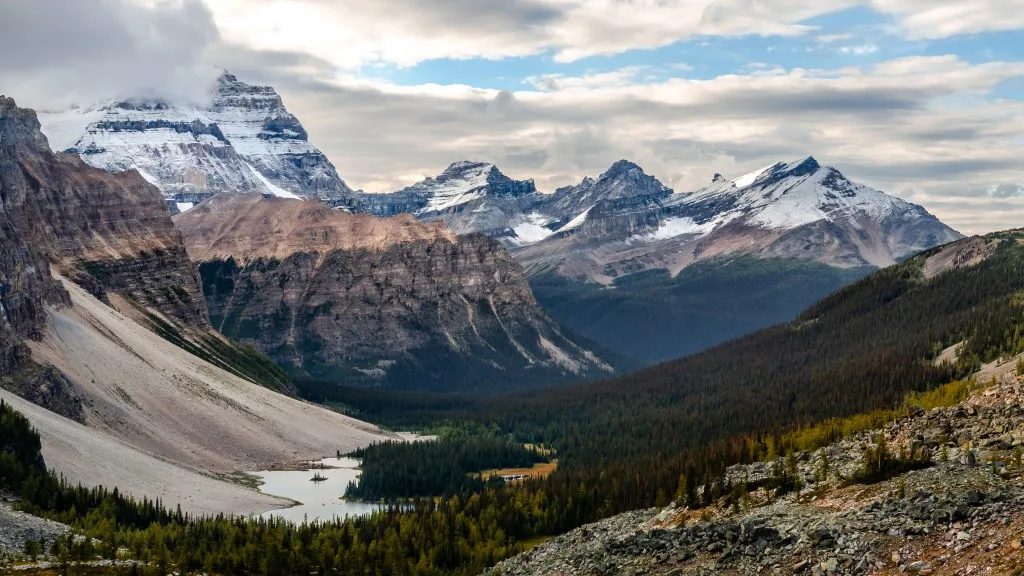Banff vs Glacier: Which National Park Should You Visit?
With hundreds of National Park sites across North America, how does one choose which ones to visit, especially if you have to decide between Banff vs Glacier? Both have stunning mountain vistas with wildlife sightings. Both have almost infinite hiking options and gorgeous mountain drives. Let’s take a look at how you can decide the Banff vs Glacier debate.
Banff vs Glacier at-a-Glance
Banff is Canada’s oldest national park. Glacier has the famous Going-to-the-Sun Road (GTSR), but Banff has the Icefield Parkway. Banff has 2,500 square miles of beauty, while Glacier has 1,500 square miles. Both draw millions of tourists annually. Let’s dive into the differences.
Location
Banff: Banff sits in the Canadian Rocky Mountains in Alberta province. It’s just over 300 miles from the U.S. border, although that mileage isn’t quite realistic since getting to Banff isn’t a direct line from the border to this historic park.
Glacier: Glacier is located just south of Banff in Northwest Montana in the Rocky Mountains. It has both a west and east entrance, so Glacier’s best access will depend on where you’re arriving from.

Facilities
Banff: Banff has the Roam Public Transit both in town and within the park itself. It has the well-known Lake Louise and Moraine Lake and several outdoor theatres and visitor centers. There are several heritage buildings, including historic cabins and railway stations, old ski lodges, and museums. And let’s not forget the unique Lake Agnes Teahouse, where you can get a hot cup of tea and a warm slice of pie in the middle of nowhere.
Glacier: Glacier has several lodges, backcountry chalets, bars, restaurants, and visitor centers. It boasts some of the most impressive day hikes with its more than 700 miles of trails. It even has a shuttle service and tour bus system, Red Bus Tours. Dining options range from upscale restaurants to quick and yummy snacks. Stores are located at many of the main access areas. And you just can’t forget the famous Lake McDonald and the historic Many Glacier Hotel.

Trail Variety
Banff: Enjoy cycling, mountain biking, and horseback riding on the extensive network of trails that stretch more than 900 miles. Compared to many national parks in the U.S. where mountain biking isn’t allowed, you can usually cycle here. Two popular hiking trails are Cory Pass in the Mt. Edith Circuit and the Lake Agnes Teahouse Trail.
Cory Pass, a 7.9-mile loop, has 3,700 feet of elevation gain and can take around six hours to complete. This is a challenging hike. Lake Agnes Teahouse is a bit easier. This 4.6-mile out and back trail has 1,400 feet of elevation gain and takes about four hours. At the end, you’ll reach Lake Agnes Teahouse, where you can enjoy a cup of tea and a fresh slice of pie.
Glacier: While mountain biking isn’t allowed on the trails here, when GTSR is closed to cars in early spring, it opens to hikers and bikers. It makes for a unique experience. Glacier has more than 700 miles of trails. Two popular hiking trails are the Avalanche Lake Trail and the Highline Trail.
The Avalanche Trail is a 4.5-mile out and back hike that should take about two to three hours to complete. It has an elevation gain of about 730 feet. The stunning Avalanche Lake is the reward at the end. The Highline Loop Trail is a bit more difficult. It takes you along rocky cliff edges with stunning views. It takes about eight hours and has almost 2,000 feet of elevation gain in just under 12 miles. You’ll need to arrange a ride back, but it’s well worth it.
Both Glacier and Banff offer mild to moderate to extreme trails. Hike on top of mountains, next to glacial lakes, or through meadows full of flowers. Both offer backcountry access to camping and plenty of places to get away from it all while catching a glimpse of wildlife.
Ease of Access
Banff: From the east, you can access Banff by going through Calgary along the Trans Canada Highway. Coming from the west, you’ll start in the Bow Valley area, which offers scenic views. From there, you can take either a south drive through vineyards and fruit orchards or north with views of mountains and rivers.
Glacier: Glacier has two main entrance points, East and West Glacier. Currently, the main entrances along the GTSR require advanced reservation tickets. For more information on this, check out the park’s official website. However, with two main entrances and several other entrances around the park, if you’re not looking for a specific place in Glacier, it’s quite easy to access the park from wherever you are. Highway 2 brings you to the West Glacier entrance, and highway 89 north brings you to the St. Mary Entrance to the east.
For both parks, be prepared for long lines to get in. Do the research ahead of time to know where to get in and at what times.

Crowds
People flock by the millions to both parks every year. More than three million people visit these parks. And most of them are there during the summer months.
To avoid these crowds, go earlier or later in the day and earlier or later in the season, as well. Avoid the main visitor centers if possible and stay away from the short, easy day hikes. The farther into the parks you head, the fewer people you should find.
Keep in Mind: Before you crack open a cold one to celebrate your national park adventures make sure to research Is It Legal to Drink In National Parks?
Unique Features
Banff: If you’ve ever wandered through Banff before, you may have come across some red chairs seemingly sitting in the middle of nowhere. These chairs are made just for you to have a seat, relax, and revel in the glory of Mother Nature.
Another unique feature is the Icefields Parkway, also known as Highway 93 North. This scenic drive joins two national parks together, Jasper and Banff, and is billed as one of the most scenic drives in the country.
Glacier: Glacier is well known for its rugged mountain peaks. However, it’s the GTSR that makes it even more well known. It’s a 50-mile scenic drive and one of the most scenic drives in the country, similar to Banff’s Icefield Parkway. It was completed in 1932 and connects West and East Glacier via jaw-dropping views and narrow passageways.
Camping Opportunities
Banff: Whether you’re staying within the town of Banff and the Lake Louise area or camping in the National Park, there are plenty of hotels, chalets, backcountry lodges, bed and breakfasts, and more to choose from. But if nature is more your speed, you’ll also have your choice of 13 campgrounds within Banff National Park itself. There’s even a fully equipped campground. It comes with tents and all the gear you’ll need for a great camping trip.
Glacier: Glacier has a combination of nine lodges, chalets, motels, and inns, including the famous Many Glacier Lodge. But for those of you who come to a national park to experience the wilds, there’s plenty more camping available with more than 10 campgrounds and hundreds of sites. You can also find several backcountry campgrounds, including bike-to sites in the backcountry.
RVs are allowed in both parks. However, be aware of length and height restrictions depending on which campgrounds you’re staying at and which roads you must take to get there.

What to Think About When Choosing Between Banff vs Glacier
Now that you know a bit more about Banff vs Glacier, you’ll have to ask yourself a few questions. See if these help narrow down your search.
How Much Time Do You Have?
Most parks are difficult to truly experience in one day. And Banff and Glacier are no exceptions. If you want to experience what each of these beautiful places is like, you’ll need at least two days. And if you have more time, that’s ideal.
Regardless, how much time you have and where you’re coming from may dictate which park you choose. If you plan on spending time in Canada before or after your trip, then Banff might be your best option. If you plan on spending more time in the Pacific Northwest, then Glacier it is.
What Are the Surrounding Attractions?
Banff: Banff has several other national parks nearby, including Kootenay and Jasper National Parks. Nearby Calgary is a vibrant city with many places to explore, ample shopping, and great restaurants. Then there’s the Columbia Icefield in Jasper, where you can experience more of nature’s beauty.
Glacier: Columbia Falls, Whitefish, Bigfork, and more offer many more places to play in northern Montana. Pies, shakes, craft beers, and more take full advantage of the local huckleberries and cherries in the area. Jewel Basin is a popular hiking area nearby, along with Swan Lake and its several rivers. And don’t forget Flathead Lake, the largest natural lake west of the Mississippi. Here, there’s boating, kayaking, fishing, and more.
What Do You Hope to See on Your Trip?
Another thing to consider when choosing between Banff vs Glacier is what you want to see and experience. Do you want wildlife, glaciers, lakes, and forests? Both Banff and Glacier can deliver those in abundance.
Do you want cities or small villages? Are you looking for wintertime activities or summer? Do you want to be remote or a bit closer to civilization? While both parks offer all of the above, they come in slightly different flavors.
Have you been to Canada yet? Have you been to Montana yet? Those two questions may just decide for you.

Do You Need a Passport to Visit Banff National Park?
You may hear from some people that you may not need a passport when crossing just over the border from the U.S. into Mexico or Canada. But that isn’t true. If you want to cross into Canada to go to Banff, bring your passport along.
Pro Tip: Keep track of all of your national park adventures with a national park passport! Find out more about What Is A National Park Passport Book?
How Far Apart Are Banff and Glacier National Parks?
From West Glacier to Banff it is just over 300 miles. From East Glacier to Banff, it’s about the same mileage. However, when entering from the east, you can go through Calgary. You won’t come across Calgary from the west, but you will go through Kootenay National Park, another gorgeous national park in Canada.

How Much Does It Cost to Visit Banff or Glacier?
Banff: In U.S. dollars, getting into Banff costs about $8 per adult with discounts available for children and seniors. An annual park pass for all of Canada’s National Parks for one adult costs about $55. It’s about $111 for a family pass.
Glacier: You’ll have to pay $35 for a seven-day permit to enter Glacier in your private vehicle. If you’re traveling by foot or bicycle, it’s $20 per person for that same seven-day permit. For an annual park pass to Glacier only, the cost is $70. For an annual pass to all the national parks in the U.S., you’ll pay $80.
Both parks may have additional fees for camping, parking, backcountry and fishing permits, and more.
Banff vs Glacier: Which Should You Visit?
With both parks seeing roughly the same amount of annual visits, Banff’s extra 1,000 square miles of space will mean less crowding. However, both parks have features and activities that draw crowds. They also have fantastic scenery, majestic mountain peaks, glaciers, crystal clear blue lakes, and hundreds of miles of hiking trails.
Banff has a slight edge because it’s larger, and you can mountain bike on many of the trails. However, we couldn’t fault you for deciding to check out Glacier instead. Which of these parks most catches your eye?
Discover the Best Free Camping Across the USA
To be honest with you, we hate paying for camping. There are so many free campsites in America (with complete privacy).
You should give it a try!
As a matter of fact, these free campsites are yours. Every time you pay federal taxes, you’re contributing to these lands.
Become a FREE CAMPING INSIDER and join the 100,000 campers who love to score the best site!
We’ll send you the 50 Best Free Campsites in the USA (one per state). Access the list by submitting your email below:
Or try Peter Lougheed in between the two.. Oh wait, don’t.